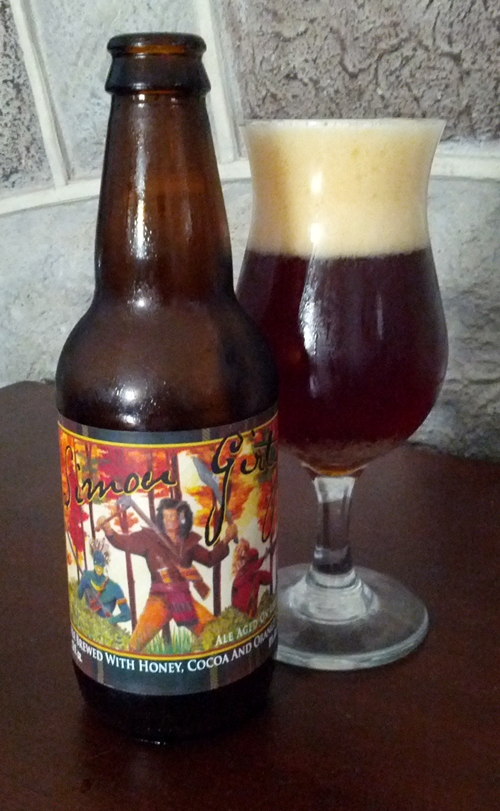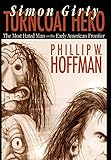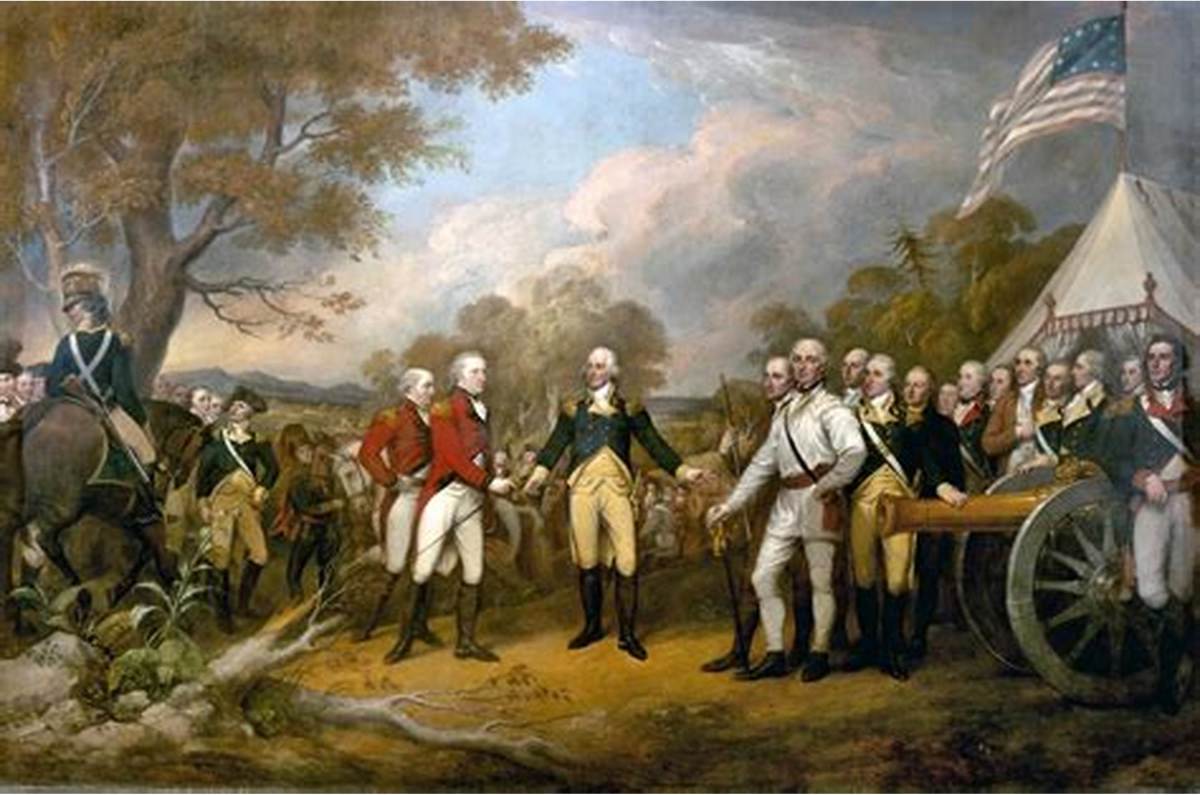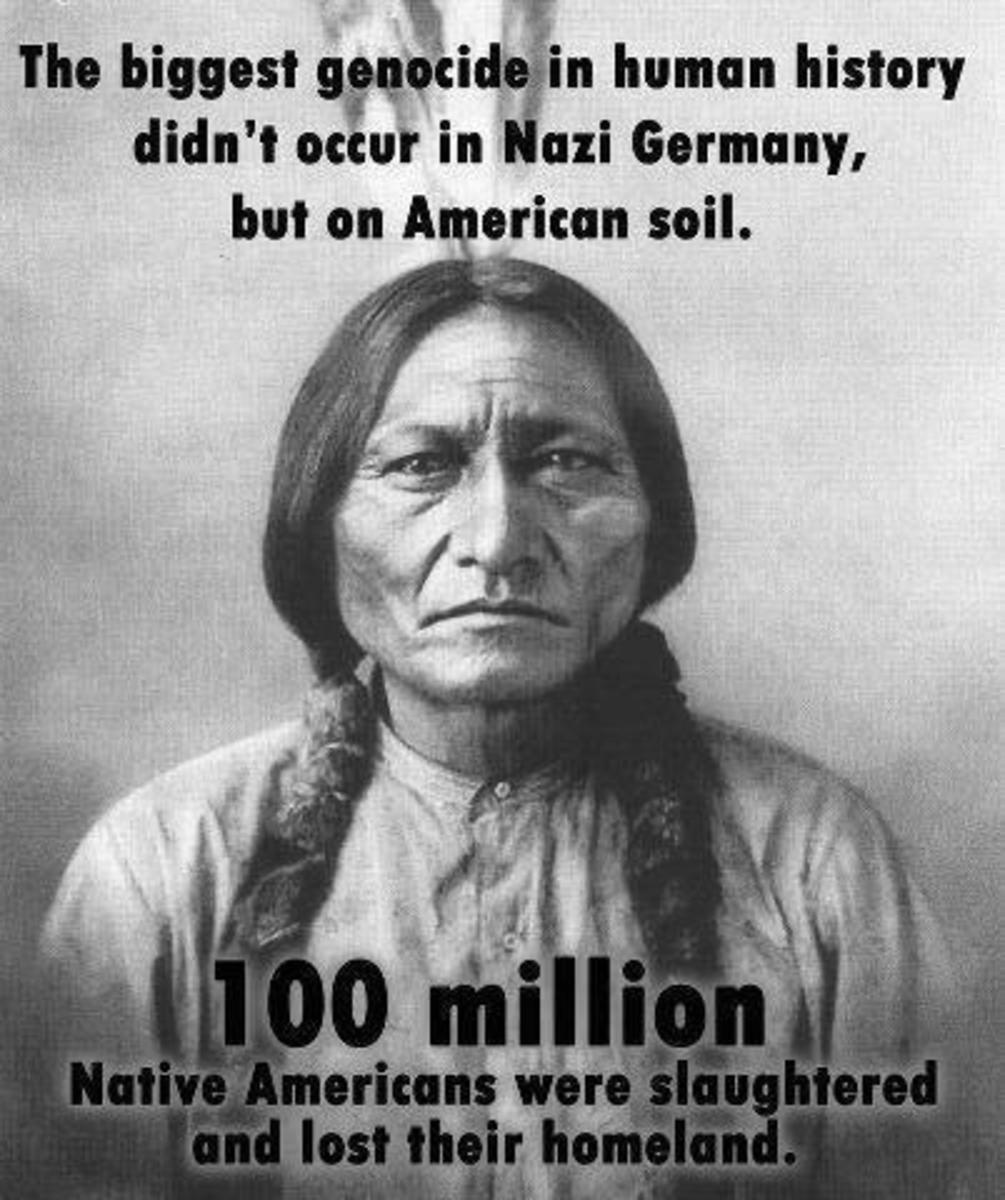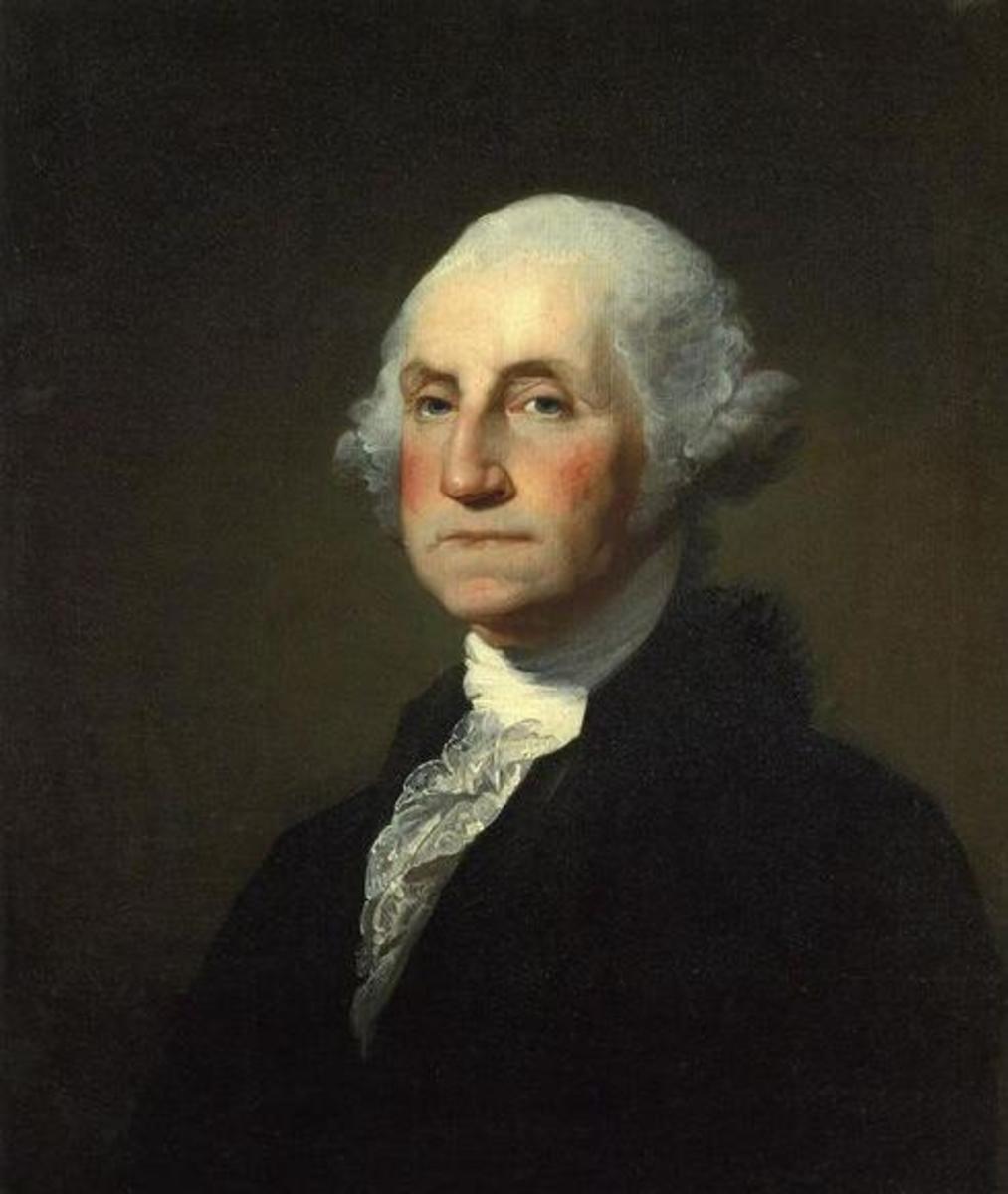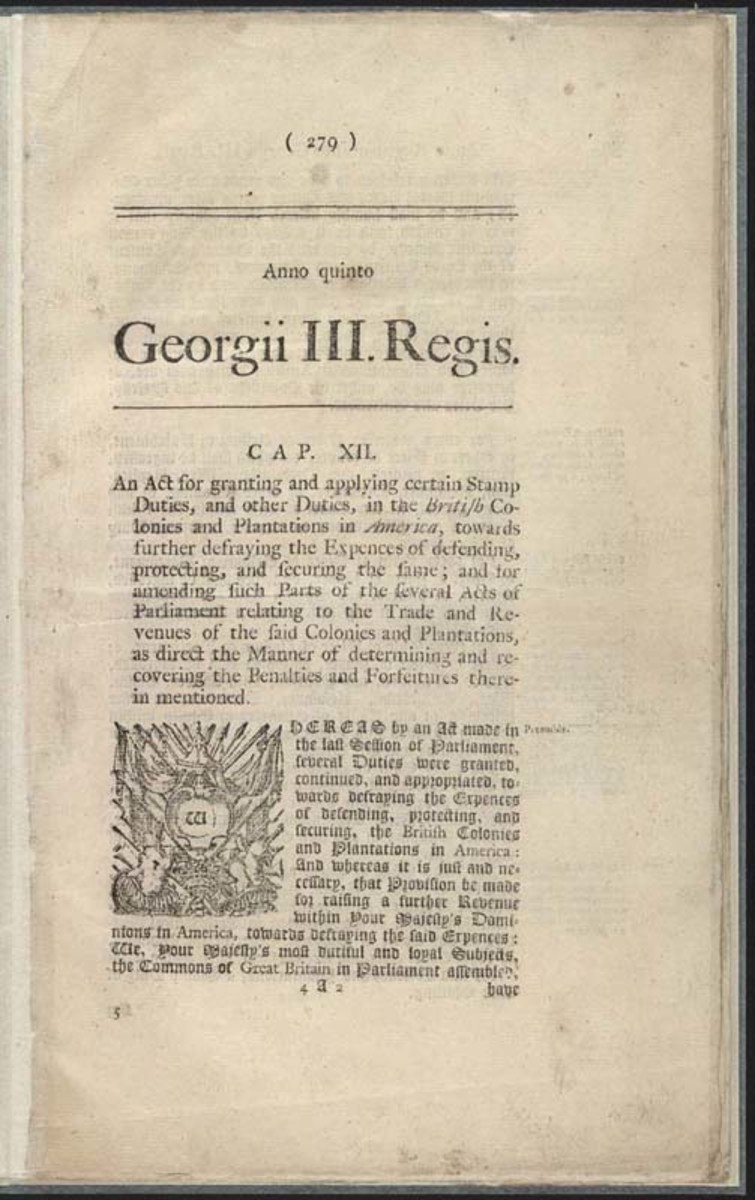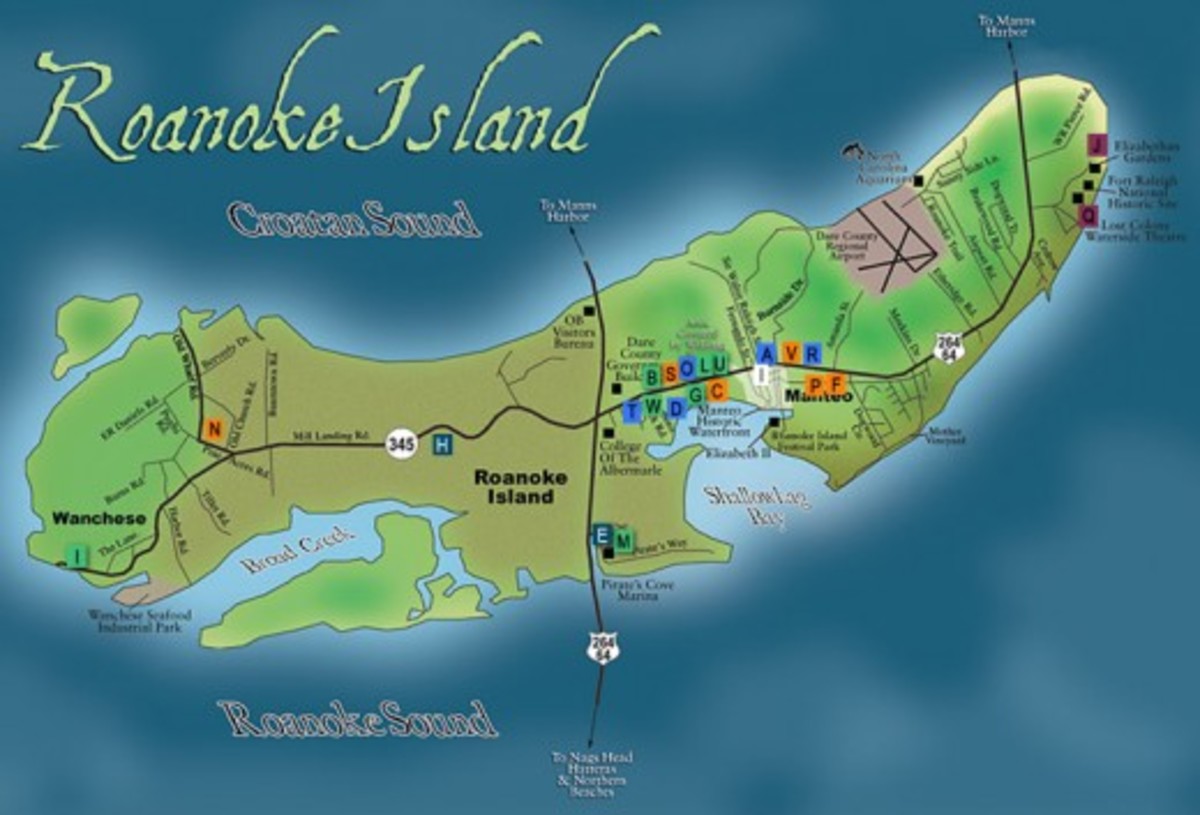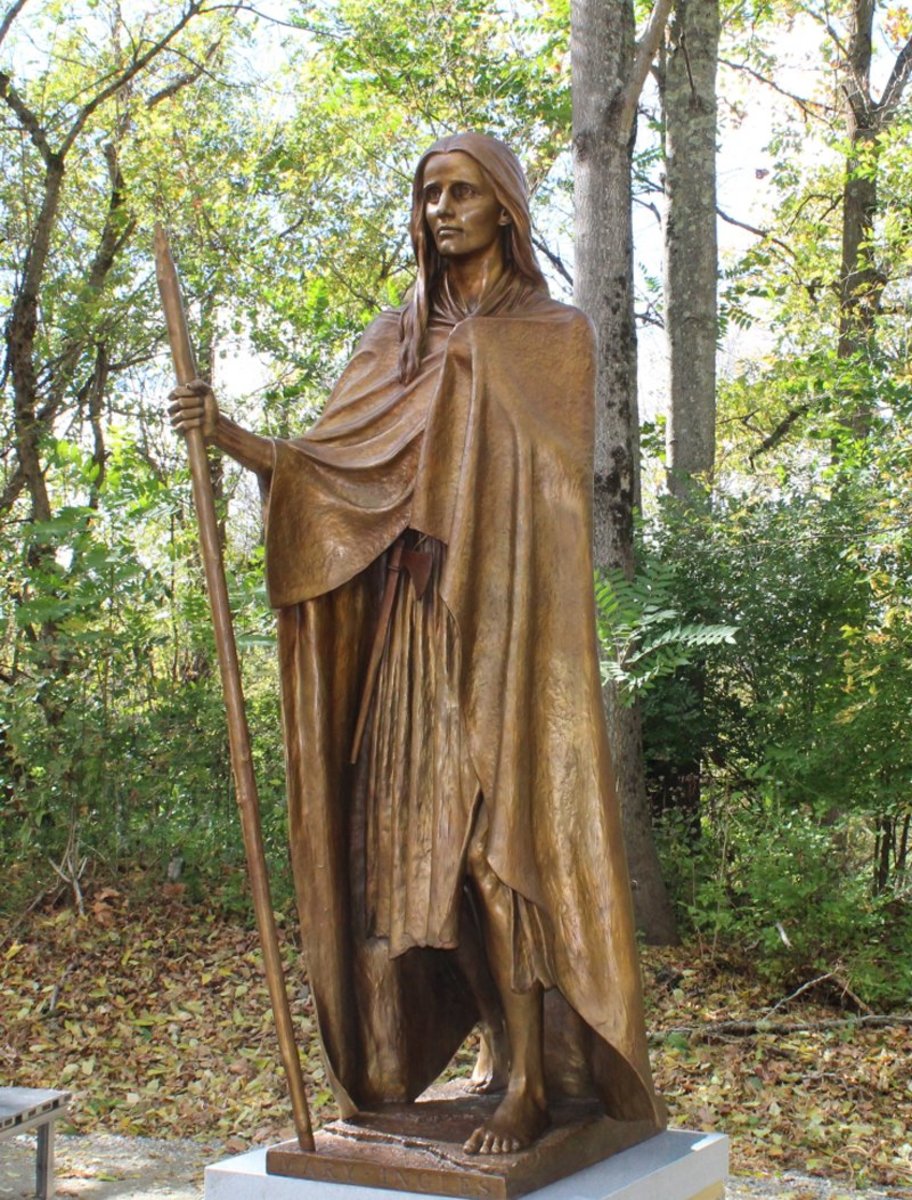- HubPages»
- Education and Science»
- History & Archaeology»
- History of the Americas»
- American History
Simon Girty: American Frontiersman
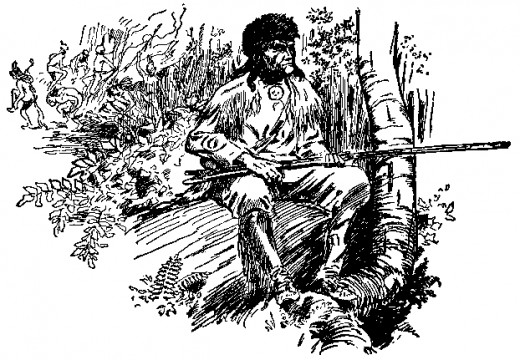
Simon Girty may have been the most notorious Pennsylvanian of the late 18th and early 19th centuries. To some he was a valued “white Indian,” someone who had learned Indian languages and customs and had great value as an interpreter and go-between. Others considered him a “white savage” who had abandoned his heritage and become a cruel and treacherous enemy. Generations of Pennsylvania children have been told that if they weren’t good “Dirty Girty” would get them. His story has been clouded by the biases and exaggerations of historians and folklore since the late 1700s. Even today he remains a controversial figure because of his loyalty to the British and hostility toward colonists during the American Revolution.
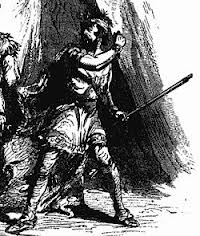
Early Life
Simon Girty was born at the beginning of the last great period of Indian-white warfare east of the Mississippi, and his entire life was spent at the vortex of that struggle. Born in 1741 at Chambers’ Mill (near Harrisburg, PA) his parents were Irish immigrants (the name may have originally been Geraghty). His father was a drover and fur trader who was killed in a drunken dispute with a supposedly “friendly” Indian known as The Fish when Simon was nine years old. The Fish was in turned killed by John Turner, who later would marry Simon’s mother becoming his step-father. Most narratives of this incident place the young Simon there as a witness to his father’s death.
During the French and Indian War Indian raids began to occur in western Pennsylvania. In 1756 the entire family was captured by a raiding band of Delaware Indians near Fort Granville. The Indians burned the stockade and the captives were removed to an Indian village. There Girty’s step-father was tortured, scalped and burned at the stake while his family was forced to watch.
His mother and brothers were made slaves of the Delawares and Simon was traded to the Seneca. Girty spent the next three years living among the Seneca, an experience which later provided his enemies with the basis for many distortions of fact, including his labeling as “the white savage.”
Girty was, in essence, adopted by the Seneca learning their language and customs. Over time Girty grew to love the Indian way of life and a one point was the bodyguard to Seneca chief Guyasuta. When he eventually resurfaced among white society in 1771 Girty knew 11 Indian dialects, though he could neither read nor write English. He began to make a name for himself as a capable scout and interpreter in the Fort Pitt area.
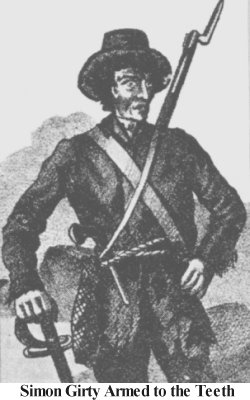
Interpreter and Scout
Girty was soon working for the British as an interpreter of the Seneca language. Having established a good reputation in the area of Fort Pitt he allied himself with the Virginians in the region. Even back among the frontier settlements, however, Girty continued to maintain the Indian lifestyle moving frequently along the Ohio River Valley and making no permanent ties. His military career began in 1774 as a frontier scout for Lord Dunmore, Virginia’s royal governor. He was involved in the brief border conflict between Virginia, Pennsylvania and the Shawnee tribes over possession of what is now southwestern Pennsylvania. It was probably Girty who delivered Chief Logan’s famous speech to Dunmore at the end of the war:
"I appeal to any white man to say if he ever entered Logan's cabin hungry, and he gave him not meat; if ever he came cold and naked, and he clothed him not. During the last long and bloody war, Logan remained quiet in his cabin, an advocate of peace. Such was my love for the whites that my countrymen pointed as they passed and said, 'Logan is the friend of white men.' I had ever thought to have lived with you, but for the injuries of one man, Colonel Cresap, who the last spring, in cold blood, and unprovoked, murdered all the relatives of Logan, not even sparing my women and children. There runs not a drop of my blood in the veins of any living creature. This called upon me for revenge. I have sought it; I have killed many; I have fully glutted my revenge. For my country, I rejoice at the beams of peace. But do not harbor the thought that mine is the joy of fear. Logan never felt fear. He will never turn on his heel to save his life. Who is there to mourn for Logan? Not one."
Girty continued in the capacity as a scout, interpreter and Indian agent in the years leading up to the American Revolution. At the outbreak of war between the colonists and England, both sides sought his services as a scout and frontier diplomat. Girty’s military service for the colonists, while competent, was hardly distinguished. He had hoped to be made a captain and was reported to be bitterly disappointed when this did not happen. But what triggered Girty’s turn against the American cause was General Edward Hand’s “Squaw Campaign.”
American Revolution
In 1777 Edward hand was promoted to the rank of brigadier-general and became the commander of Fort Pitt. As such he had to deal with the British soldiers and Indians occupying the area of present-day Ohio. Hand’s goal was to sway those Indians that were either neutral or loyal to the British over to the American side.
His task was virtually impossible due to the treatment of the Indians from the colonists. In September 1777, in an effort to cooperate, Cornstalk, a leader of the Shawnee Indians, went to Fort Randolph in present-day West Virginia to warn the Americans that the Shawnee were planning an attack. Militiamen at the stockade blamed Cornstalk for several recent attacks and killed him.
In 1778, Hand decided to punish the Mingo Indians for siding with the British. He led 500 men, including Girty, into the area of the Mahoning River but was unable to locate any natives. Tired, cold and hungry he ordered his men back to Fort Pitt. Along the way back they encountered a village of peaceful Delaware Indians who they promptly attacked.
Two were killed, but most of the Indians escaped because they informed Hand of the location of a neighboring tribe, the Munsee. Hand sent a detachment to capture the Munsee but when they arrived they found only four women and a young boy. The militiamen killed all of the captives except for one woman. This event came to be known as the Squaw campaign because most of the Indians the Americans killed or captured were women.
Girty was disgusted at the actions of the Americans and, soon after returning to Fort Pitt, he defected to the British side along with two other scouts.
Working for the British
For the next sixteen years, Girty was employed in the British Indian Department at Fort Detroit, leading countless Indian excursions against the Americans along the Ohio and Kentucky frontier. Obviously familiar with Indian ways, Girty was able to connect the Indian resentment of American expansion to the overall British military strategy.
Shortly after joining the British in Detroit Girty was reunited with two of his brothers, George and James, who had long since been returned to white civilization by their captors. The British utilized the skills that the brothers had acquired during their captivity and sent them among the various tribes of Mingos, Shawnees and Wyandots to inspire them to rise up against the Americans. Simon Girty began dressing like an Indian, and he would distribute guns and ammunition to the warrior tribes, all the while building them to a fever pitch with his fierce anti-American rhetoric. It was in this capacity that Girty first earned notoriety as a "white savage," for his highly successful raids were always conducted in the Indian manner of war.
His legend was added to by missionaries such as David Zeisberger and John Heckewelder. They were Moravian missionaries who were working the Ohio frontier and they detested Girty because of his harassment of their communities of Delaware converts. Girty could undo in days what it took the missionaries months and years to build up.
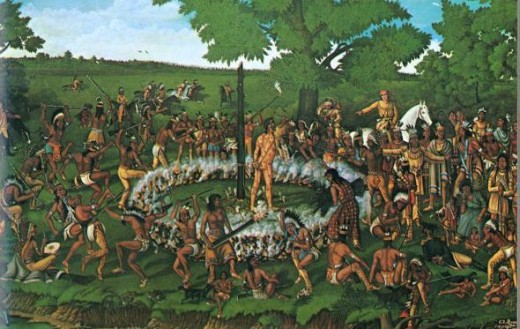
The Torture and Execution of Colonel William Crawford
In March 1782 Lieutenant-Colonel David Williamson’s forces wantonly murdered 96 peaceful Christian Delawares at the Moravian settlement of Gnadenhutten (Ohio). In June an expedition under the command of Colonel William Crawford was defeated at the Battle of Upper Sandusky, Ohio and Crawford was captured by Delaware warriors under their chief Konieschguanokee. Seeking revenge for the brutal murder the previous March the Delawares subjected Crawford to prolonged and grueling torture. According to the accounts of two other captives who were present at the torture and later escaped, Girty was also present at the torture and laughed at Crawford when he begged him to shoot him.
This story involving Girty quickly grew legs and the infamy of Simon Girty was cemented into the fabric of the American frontier from this point forward. While controversy remains to this day over Girty’s reaction to Crawford’s torture and his ability or actually lack of ability to do anything about it, he remained allied with the British through the Indian wars of the 1790s.
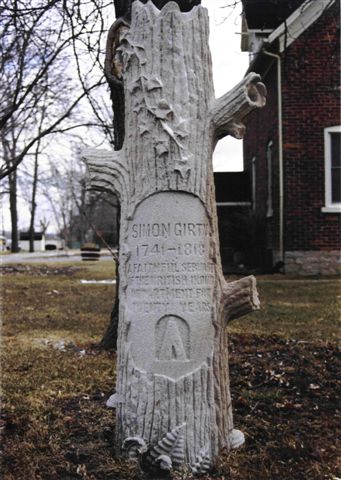
Girty’s Final Years
In his travels with the Indians through the Ohio River Valley Girty came upon a young white woman, Catherine Malott, who had been taken captive by the Delawares. He was immediately infatuated with her and, through some intense negotiation, was able to secure her freedom. He married her in August 1784 and they had at least two sons and a daughter.
After General Anthony Wayne defeated the Indians in the Battle of Fallen Timbers in August 1794 the Indians grew tired of fighting the inevitable. Girty tried to dissuade as many chiefs as possible from attending the treaty negotiations at Greenville, but most of the Indians had simply had enough of the fighting.
Then, in November 1794, John Jay negotiated a treaty with Britain which stipulated they would give up their Western posts and all land granted the United States by the Treaty of Paris would be vacated by British soldiers. When the British abandoned Detroit in 1796 Girty went with them to Canada.
Girty briefly reappeared in America when the British captured Detroit during the War of 1812. He returned to his farm and family in Amherstburg, Upper Canada, blind and suffering greatly from rheumatism, where he died in February 1818. He was buried on his farm and British soldiers fired a salute over his grave.
Historical Perspective
Simon Girty was a man of great ability in working with native leaders, but his manner was rough, his disposition temperamental, and his capacity for drink legendary. His military superiors did not always fully appreciate his rather unique skill set. Behind the actual incidents in his life lurked a grim humor based on the harsh conditions in which he had spent his life. His behaviors gave just enough substance to the propaganda for some to take seriously the stories of his viciousness. These tales were spread by people who could not see that the hostilities between the western tribes and the new republic were caused, not by the behavior of men like Simon Girty, but by the insatiable hunger for more land by the white settlers and their government’s failure to live up to the agreements they made with the Indians.
The mythical vilification of Simon Girty grew out of the American frontier experience, and, beginning with the dissemination of the Crawford torture story in the 1780s and 1790s, Girty's name became synonymous with savagery and monstrosity by the turn of the century. Like his contemporary, Daniel Boone, Simon Girty literally became a legend in his own lifetime. Unlike Boone, however, Girty had little or nothing to do with the shaping of his own legend. Numerous writers, intellectuals and historians conducted the vilification of Girty through the 19th century elevating him to a status rivaled only by Boone among the legends of the trans-Appalachian frontier.
Advocates of manifest destiny needed to develop an excuse for why an inferior race of savages could periodically vanquish such a superior civilization. The heart of the issue remained racial in nature – the “noble savage” was incapable of wreaking the havoc and destruction that had occurred without the exacerbation of Girty and white renegades of his ilk. By this argument Girty became part of the barrier against white expansion and some would argue that Girty and others like him had created that barrier.
Simon Girty became the personification of all that was wrong with early American westward expansion. Ignoring historical precedent, many 19th century authors asserted that the presence of Simon Girty and other renegade whites among the essentially docile Indians empowered them with the ability to overcome their racially superior antagonists.
